What do architects do? Architects plan and design buildings and coordinate construction. Most U.S. states require licensed architects to have specialized education and experience and to pass a rigorous exam.
“Architects can have a role in all aspects of the project, from site selection and feasibility studies through construction observation and project closeout procedures,” says Coates. “Homeowners can negotiate the level and scope of services they are looking for with their specific project. At a minimum the architect is usually responsible for design, documentation and permitting.”
Finne adds, “I work on design at home every day for about one and a half hours. Then I am in the office talking with clients, contractors and my office staff. I review drawings, mark changes and corrections etc. I write the specifications for all projects. I often visit the shops of special fabricators such as steel or cabinets, and I also visit jobsites in the Seattle area. Finally, I try to spend some time on marketing every day, sending photos to various design sites, talking with magazine writers, posting on the Finne Facebook page.”
Finne, who grew up in both Norway and the U.S., is inspired heavily by the architectural traditions of Scandinavia. “Sverre Fehn, the renowned Norwegian architect, was my friend. I believe he has had a profound influence on my work,” says Finne. “I will never forget the afternoons I spent sitting with Sverre in the living room of his house on Havna Alle in Oslo.Sverre lived in a classic functionalist house designed by his teacher, Arne Korsmo. He had an uncanny ability to understand construction and materials and then imbue a certain poetical dimension to those elements.”
Finne adds, “He was also a very unassuming person and was amused when the Americans awarded him the Pritzker Prize (the Nobel Prize equivalent for architecture). ’Oh, yes,’ he said. They sent ‘top secret’ faxes and then flew into Oslo on their private jet. ‘But then, there was so much snow in many places that they could only manage to visit a few of my buildings!’”
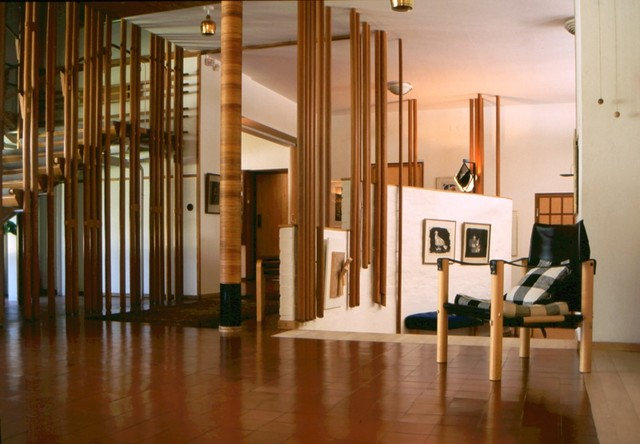
He continues, “Seeing Aalto’s work taught me enormous amounts about the mysteries of handling natural light and the creation of what Aalto called the interior landscape within a building. I even spent the night in a tent right next to Aalto’s church in Vuoksenniska at Imatra. The morning light was incredible!”
“In general, an architect or structural engineer is required for any work, regardless of size, that affects a building’s structure or other permit-related issues, such as stairs, railings, windows etc.,” Coates says. “Regardless of the size of the job, it is important for homeowners to realize that most contractors have absolutely zero training in design. Further, it is always a good idea, no matter how large or small the job, to have someone with experience looking over the work and ensuring that it is being built correctly and in accordance with the design intent. I would encourage homeowners to hire an interior designer or an architect for any job, regardless of size.”
And from Finnes: “Architects can do very small projects, but there is a point at which the architectural fee becomes disproportionate to the construction cost. Of course, I design furniture, but that is one of my passions.”
Both Coates and Finne work on an hourly basis. Coates says, “I prefer this method because it allows our client the flexibility to request other services, such as more design refinements, interior design etc. without an amendment to the contract. Additionally, I prefer an hourly fee basis because I feel it is most fair to both parties. I feel it is very important to be an advocate for our clients and for them to trust that we have their best interests in mind throughout the project, and this is difficult to achieve when our fee is based on how much the project costs.”
Source: Houzz.com
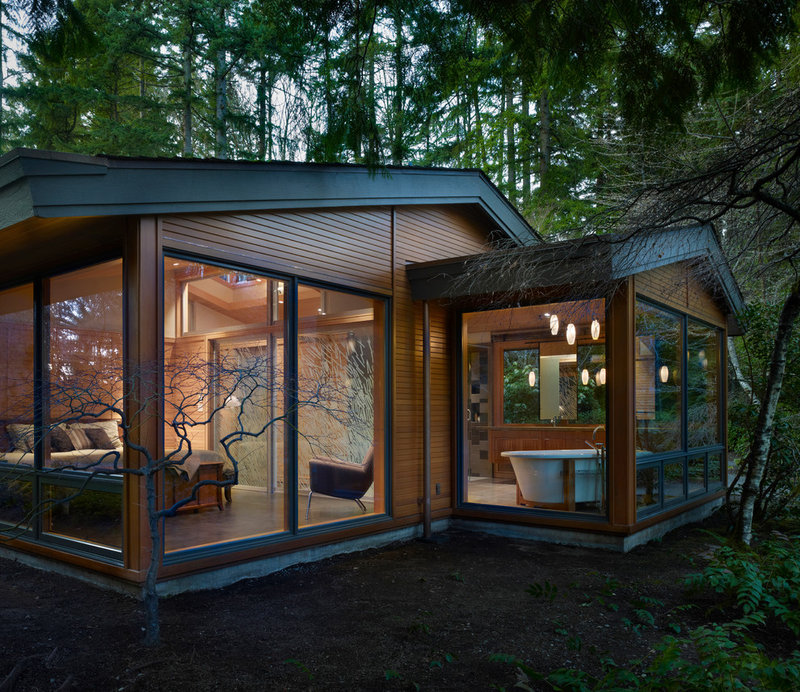
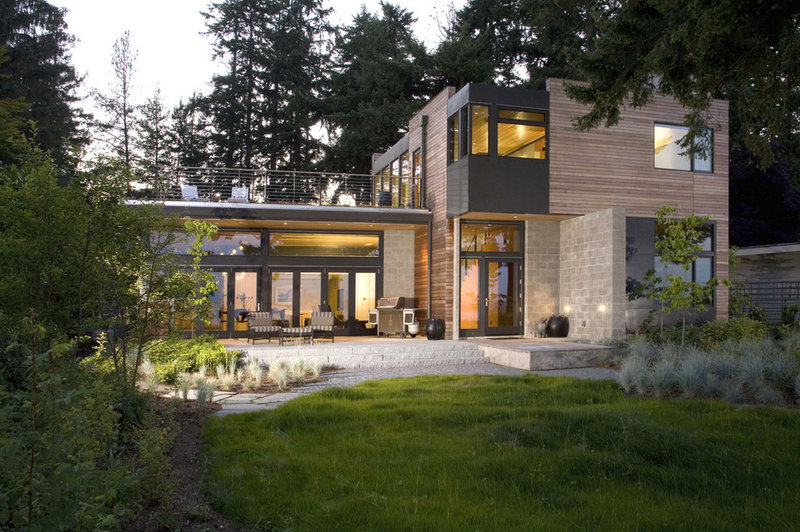
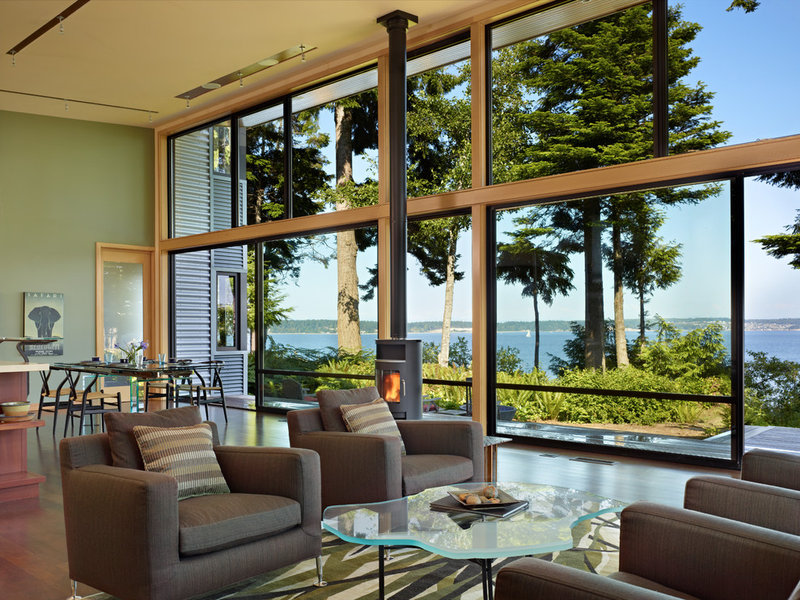
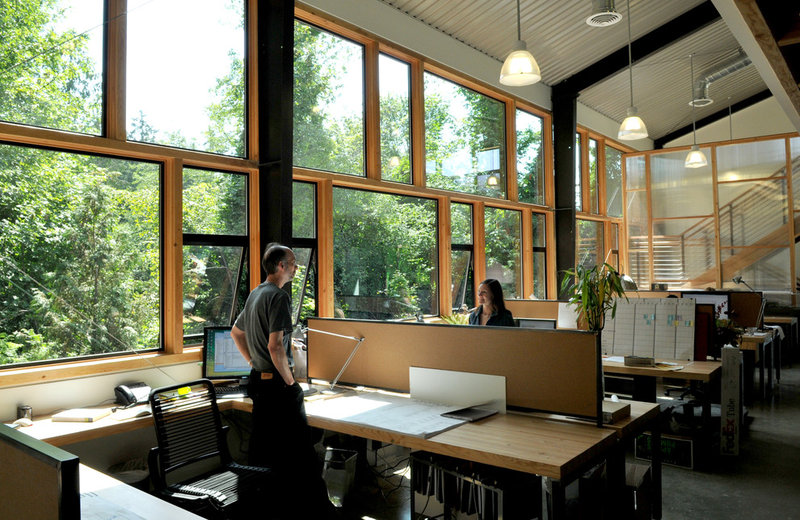
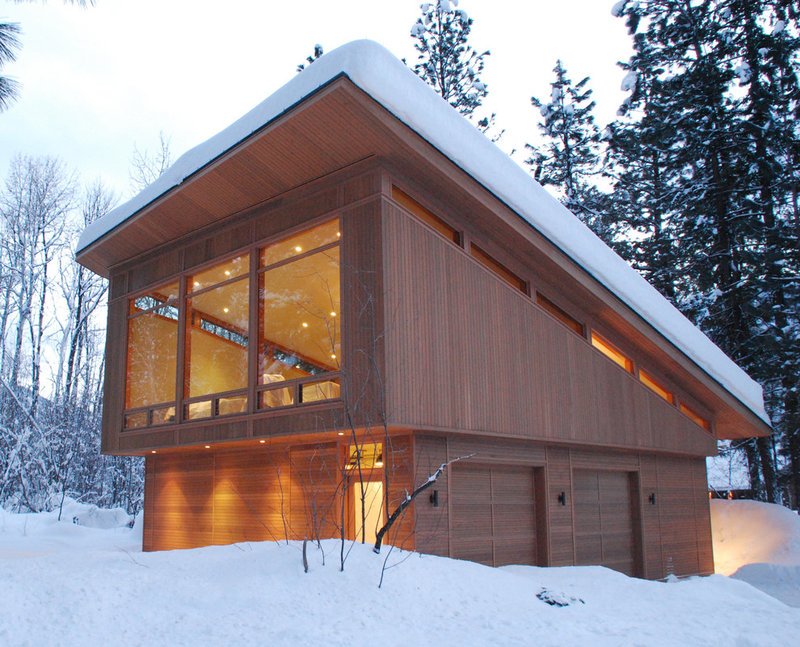
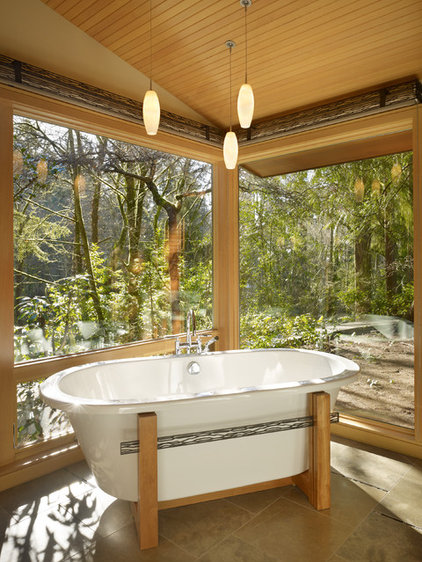
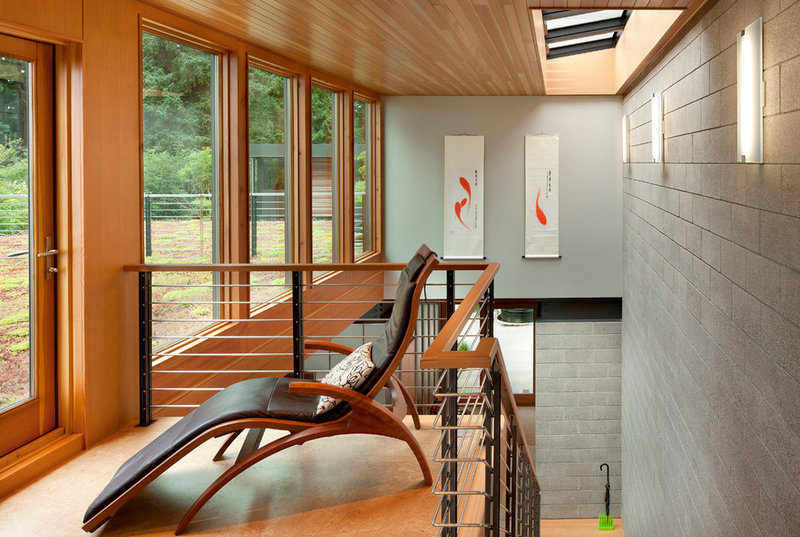
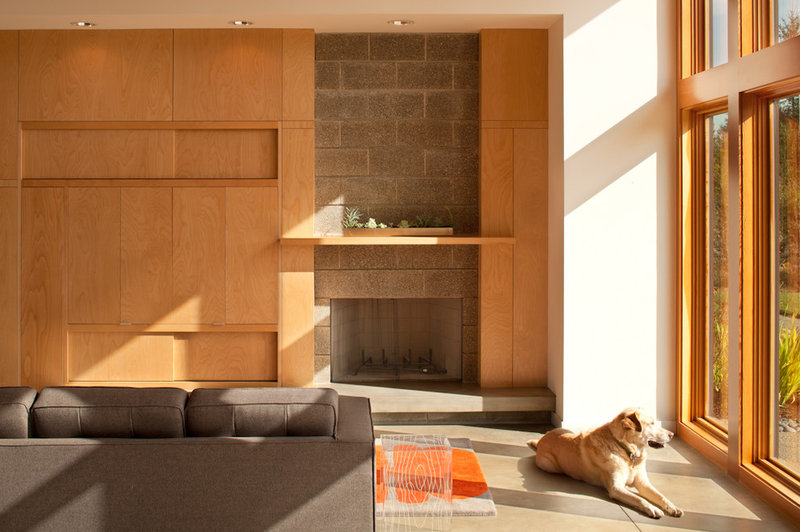
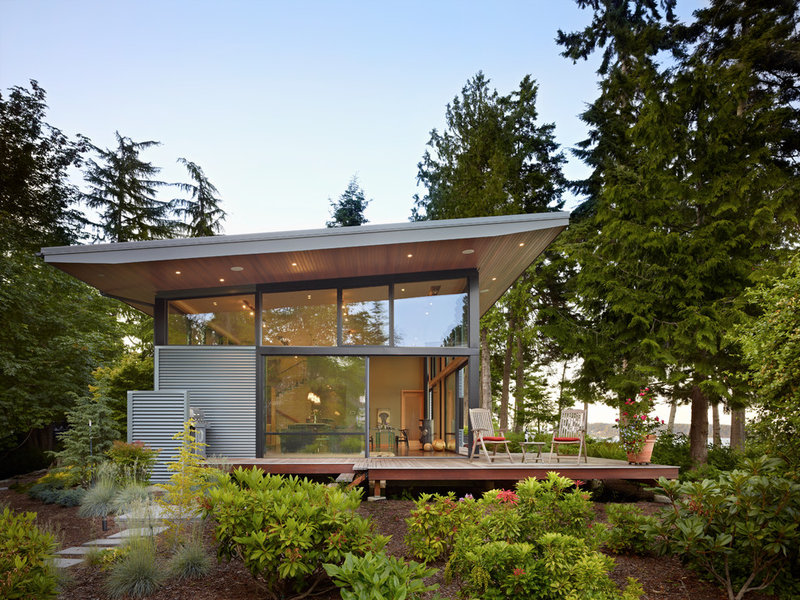
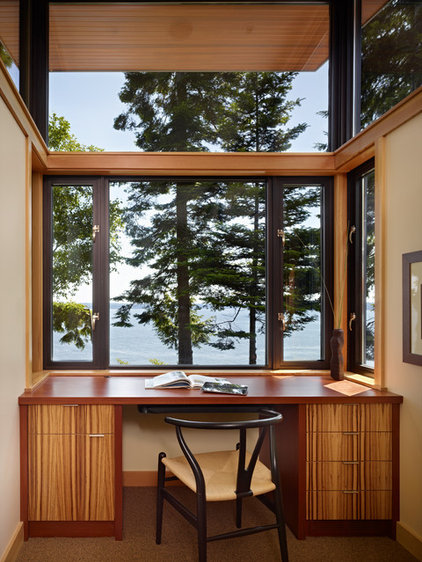






Speak Your Mind